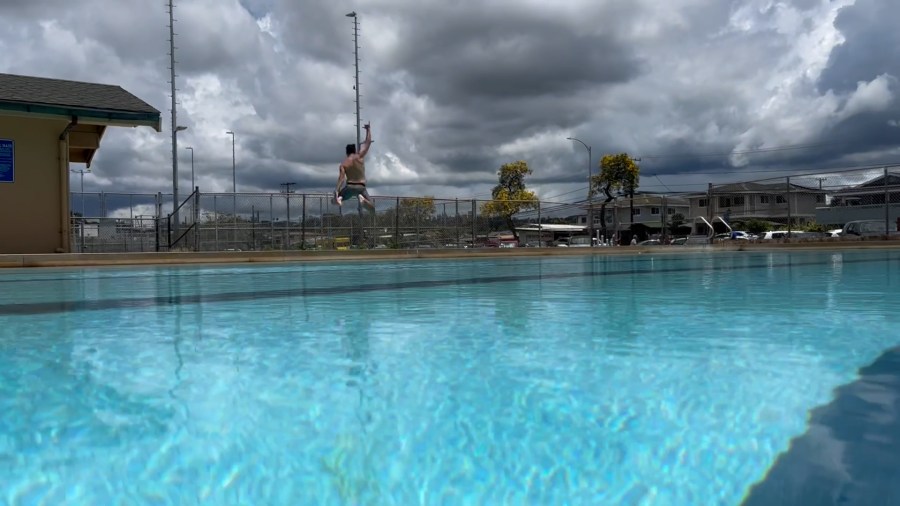LAHAINA, Maui (KHON2) — Severe drought is forcing Maui County officials to make tough choices about water usage.
Last month, the PGA pulled its Sentry Tournament from Kapalua as West Maui residents remain in a stage 2 water shortage.
Now, there’s a proposal aimed at temporarily halting the building of new swimming pools in West Maui.
“In all of my life, I’ve never seen Lahaina this dry, and we have never seen Kapalua brown before,” said Lauren Palakiko, West Maui resident. “It’s crispy dry grass, and that is our wet part of West Maui. So to see that is very scary and alarming, and it shows that even the wealthiest people can’t buy water right now.”
Last month, the Maui Planning Commission voted to support a temporary ban on new private swimming pools in West Maui through 2030 — part of a broader effort to conserve water for essential needs and affordable housing projects that have been pushed to the side. The proposal now heads back to the Maui County Council for final approval.
Palakiko has been on the wait list for one of those affordable housing projects for almost 20 years.
“To see that keep getting pushed back or really not even considered compared to luxury developments that require pools like, where is our focus? What? What are our intentions here?” she asked.
“We’re in a housing crisis, we’re in a water crisis, and restricting new pools is a common-sense way to keep more families housed,” said West Maui resident and community advocate Kai Nishiki.
The county said there were roughly 70 permit applications for new pools in West Maui as of last month.
Homes destroyed by the fire that had a pool before would be exempt from the rule.
The county’s Department of Water Supply submitted testimony stating the average private pool would use about 56 gallons per day in Lahaina, compared to the average household using about 500 gallons per day.
The discussion comes as the county’s Urban Design Review board reviews a subdivision of five luxury homes in Kaanapali on Tuesday, which would each have its own swimming pool and landscaping.
“It’s a really tone deaf proposal at this time,” Nishiki said.
Nishiki says the temporary pool ban is part of a bigger conservation effort being made. For others, the measure is a good start.
“But it’s definitely got to get more comprehensive than that for the issue that we’re facing,” Palakiko added.
“Do we fill swimming pools? Do we build new luxury homes that are probably going to sit vacant most of the year because there are second, third, fourth homes for these homeowners? Or do we take care of our struggling community?” she continued.
The proposed pool ban would remain in place until Dec. 31, 2030, or until a groundwater availability study is completed or housing demands are met – whichever comes first.
